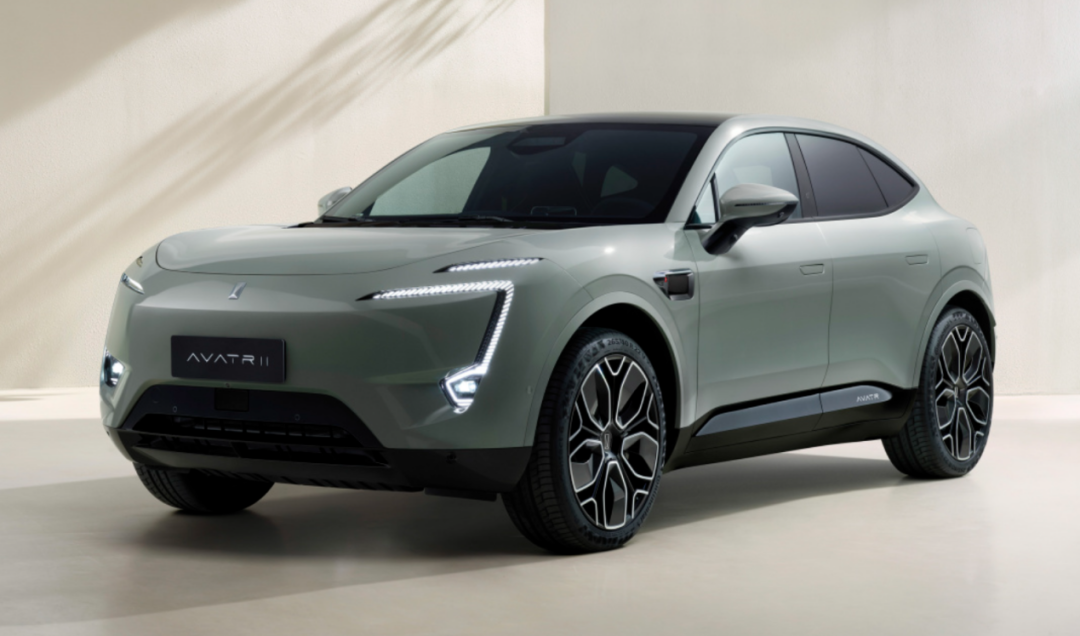Text by Luoji
About two months ago, when the AVISTA 11 was revealed to have a price range of around 400,000 yuan, many people saw it as a potential competitor to NIO. Now that the official prices have been announced, the starting price of the AVISTA 11 is nearly 120,000 yuan cheaper than the same-level NIO ES7, and the top-of-the-line price is almost 140,000 yuan lower.
So, at this point, it seems difficult to call the AVISTA 11 a direct competitor to NIO. However, whenever this car is discussed, it always seems to come back to comparisons with NIO. This is because the positioning of the AVISTA 11 is very clear: it is a luxury intelligent pure-electric SUV, and currently, the only successful brand and model in a similar segment is NIO (Tesla is at most considered high-end, not luxury).
But in addition to the difference in price positioning, there are also noticeable differences between the pursuit of luxury between the AVISTA 11 and NIO. The NIO brand was born when there was no solid foundation in terms of electric drive, electric control, and intelligence, and the decision-making level actively chose a luxury positioning. The process of brand growth largely depends on the emphasis on services and brand style.
On the other hand, the AVISTA 11 was born at a time when the Chinese electric vehicle market had already developed and batteries, in-car systems, and intelligent driving had all reached world-class levels. It was a product created through the cooperation of leading enterprises in the core technology field. Even without relying on service or storytelling, it can still be considered a product that can stand firm in the luxury market.
Therefore, when evaluating the AVISTA 11, we must focus on the “luxury” aspect.
Is the AVISTA 11 Expensive?
Observing the high-end new energy vehicle brands that have emerged in the past two years, it is not difficult to see that there is no real brand that can compare to NIO in this field. Regardless of whether it’s new forces such as Li Xiang or XPeng, or those that have originated from traditional automakers such as Xpeng, RANZ, and ZhiJi, their pricing is always significantly lower than NIO for products of the same type and level.
Of course, the exception is pure electric cars from traditional luxury brands like BBA and Cadillac, whose prices are not lower than NIO’s. However, there hasn’t been a single successful one yet.
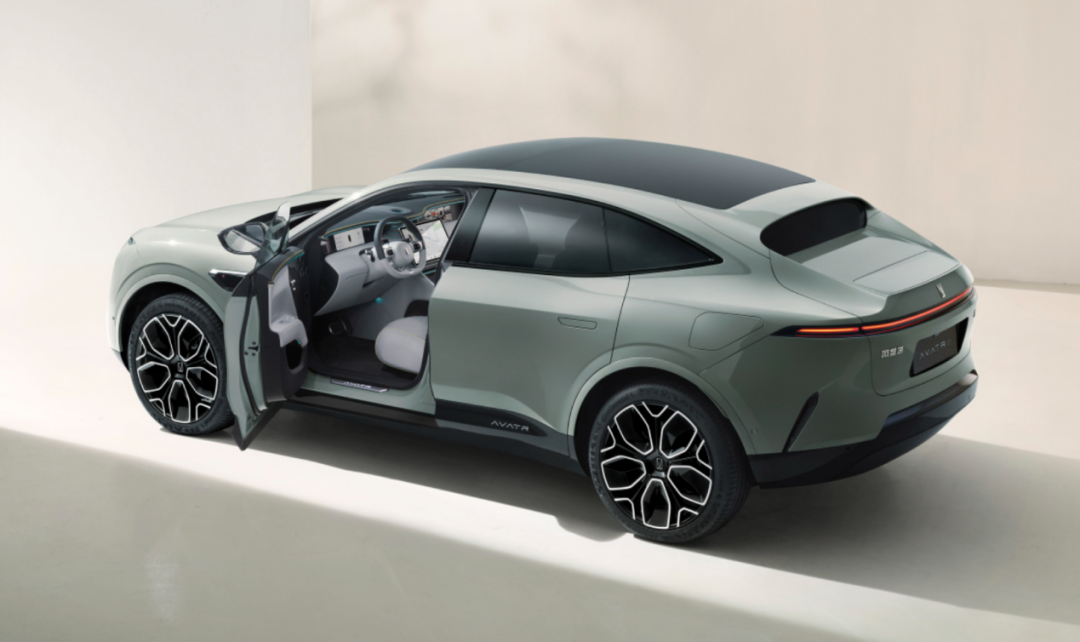
Compared to the NIO ES7 with a starting price of 468,000 yuan, the AVISTA 11 with a starting price of 349,900 yuan doesn’t have any reason to be criticized for being expensive, but being cheaper than NIO doesn’t mean much either. NIO is an example that cannot be replicated. Its current achievements are due to many special factors and even with a hard and fast conclusion, NIO’s success only applies to a specific period of time.
Wise decision-makers in the automotive industry won’t see NIO as a competitor, nor will they see it as a model for a luxury electric vehicle brand.We can confirm that on the product strength level, including the luxury attribute, the AVITA 11 is definitely a competitor of the NIO ES7. As for whether the AVITA 11 is worth it or not, the answer must be found from its own comparison and comparison with other relevant competitors.
The reason why I stated these points at the beginning is that it is necessary to clarify these three points for the AVITA 11:
- The AVITA 11 and the NIO ES7 are not direct competitors;
- AVITA and other new high-end new energy brands should not compare themselves to NIO;
- The pricing of AVITA 11 is tens of thousands of yuan lower than that of NIO ES7, but this does not mean that its luxury and product strength are lower than the latter.
After removing these disturbing factors, let’s purely understand the AVITA 11.
The Image Battle of AVITA 11
Regarding the appearance of the AVITA 11, I want to use three “extremely” to describe it: extremely alternative, extremely bold, and extremely luxurious.
There is no need to say more about how extreme it looks. Compared with the face of AVITA 11, which is totally unrecognizable, 99% of the car models under 1 million yuan will look conservative and traditional. This aesthetically challenging style directly leads to polarized appearance evaluations. Those who like it see it as alien, while those who don’t understand it use a word – extremely ugly.
Here I still want to remind everyone that it is best not to judge it as ugly by your first impression, because from the new cars of Changan in the past two years, we can see that its styling design level is very outstanding in the industry. When the design elite team of this car company is devoted to the higher positioning of luxury cars, the design level of the final product is basically impossible to falter. The controversial styling of AVITA 11 is not a problem with the design level of the designer, but the choice of the designer or decision maker.
The design of the AVITA 11 front face is extremely subversive. The entire front of the car is like a round, smooth jade, and the lighting units are embedded like diamonds after being chiseled into fine seams on the jade. The daytime running lights include 96 LED light sources, and the illumination headlights cover 12. The daytime running lights and the illumination headlights are integrated, making it almost impossible to distinguish their functions.
Compared with the alternative front face, the extreme boldness of the AVITA 11 is reflected in its proportion.
The most obvious is the side view, with wide and thick doors, narrow and long side windows, and a sloping roof, which is a very typical style of a coupe SUV, and this positioning has long been no longer rare. However, the side view of the AVITA 11 still has a tension that is noticeably beyond that of other coupe SUVs. This effect mainly comes from the proportion of the tires and side height.As an SUV, the height of the Avida 11 is only 1601mm, which is smaller than the NIO ES7 at 1720mm and the more compact and dynamic Tesla Model Y at 1624mm in the mid-to-large size class. Even the new pure electric SUV from the supercar brand Lotus has a height of 1630mm. With such a low body, the Avida 11 is equipped with 22-inch oversized tires, making the hub and tire the most eye-catching part of the Avida 11 from the side. The tire-to-height ratio reaches an extremely exaggerated 0.48 for an SUV. This posture is just as sporty as the Lotus ELETRE from the side.
In addition to the wheelbase ratio, the Avida 11 also fully utilizes the characteristics of the pure electric platform in its wheelbase-to-length ratio, which reaches 0.61 with a 2975mm wheelbase and a control length of 4880mm. Among all the pure electric SUVs in the 300,000-500,000 RMB price range, the only one with a longer wheelbase ratio is the Cadillac LYRIQ.
Although the vehicle body is not high, the width of the Avida 11 reaches 1970mm, giving it another very special proportion, the width-to-height ratio, which reaches 1.23. This ratio brings a strong sense of motion to the front or rear angle.
As for the “extremely luxurious” mentioned earlier, part of it is actually reflected in the Avida 11’s light group design and body proportions. These unconventional designs are mainly found in luxury-oriented models. In addition, we can also see rare configurations at the same price point among SUVs such as frameless doors and electrically operated doors on the Avida 11.
What is most admirable is the Avida 11’s handling of the LiDAR. It is equipped with three LiDARs, one at the front of the vehicle and two at the sides. But without mentioning this, it is hard to see that the vehicle is equipped with LiDAR from its exterior. Even if one notices the presence of LiDAR, it does not destroy the overall design, but instead has an integrated decorative effect on the vehicle body.## Giving up simplicity is the biggest breakthrough in the interior design of the Avita 11
Starting from Tesla, most electric car manufacturers have been pursuing a minimalist and technological style with a large screen as the core for their interiors. It seems that with a large or enough number of screens, other parts can be simplified as long as the materials have texture. The simpler, the better.
NIO’s ET7 model pushed this style to the extreme, with an extremely simple cabin layout, achieved through exquisite color matching and high-quality materials, to create a luxurious feeling under the minimalist style that is visually and tactilely sophisticated. When this car was released, it received a classic evaluation: this is the only Chinese brand with a luxurious yet non-greasy interior.
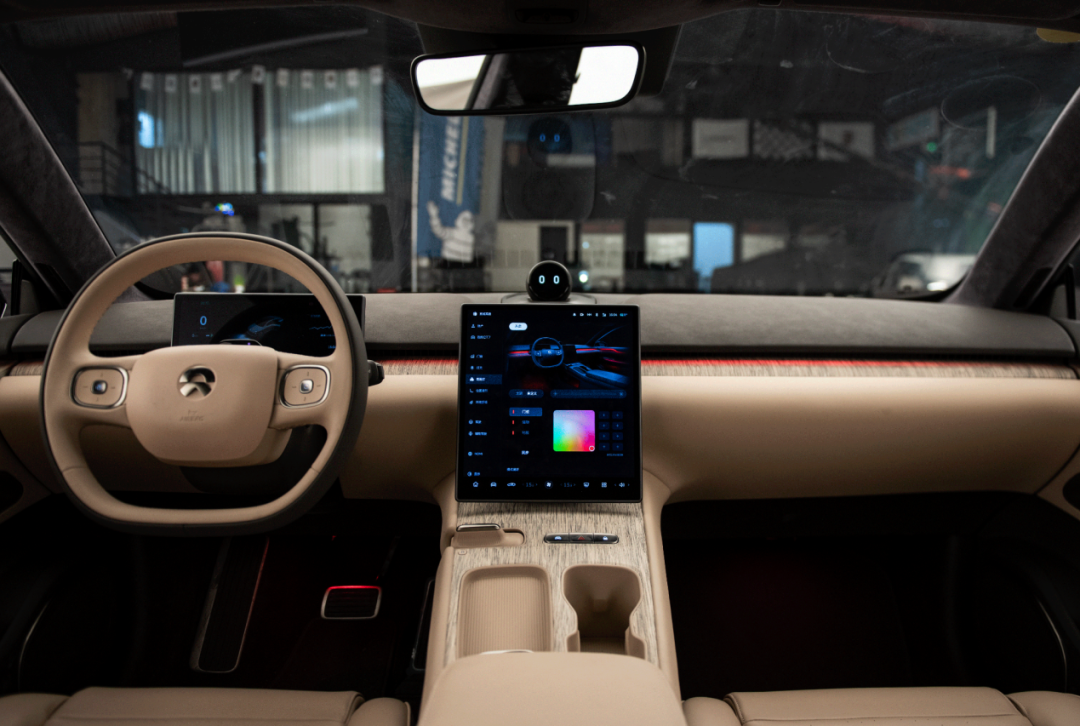
Achieving luxury in a minimalist style is commendable, but what really tests a designer’s level is maintaining a high sense of order in complex yet luxurious designs, or achieving a higher level of emotional expression through hardware design, as exemplified by the Avita 11.
There is a 15.6-inch central control screen in the middle and two 10.25-inch screens on each side, but the three screens are no longer the only visual center of the Avita 11’s cabin. The design of the Vortex emotional wave behind the central control screen, together with the hug-like feeling that expands to the door on both sides, makes people feel surrounded and comfortable. The screens on both sides are also cleverly hidden in dark decorative panels, hardly noticeable when not lit.
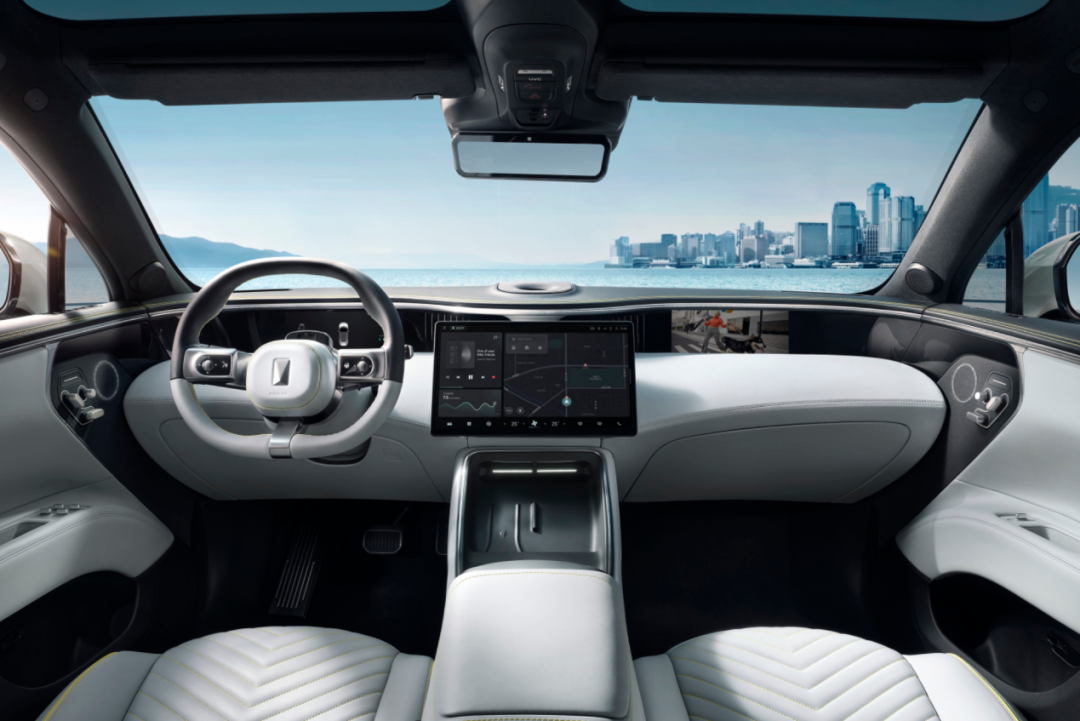
A major feature of the Avita 11’s cabin design is the breaking down of the boundary of each part, where sitting at any position in the car and looking from any angle, the design of the entire cabin, from the lines and surfaces to the color matching, is integrated. For example, the sense of surround in the front half is achieved by extending the line to the car door, while from the front seats to the rear seats, the design of the entire rear seats, car doors, and even the roof continues this sense of surround.
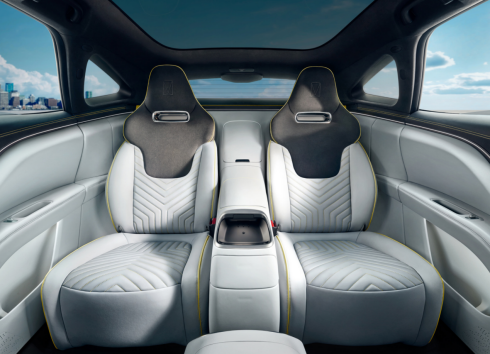 Surround-style cabin design is not uncommon in car interiors, but previous models usually targeted the driver or front passengers. The Avita 11’s surrounding feeling includes all passengers in the cabin, embodying the so-called “cocoon-style” cabin concept.
Surround-style cabin design is not uncommon in car interiors, but previous models usually targeted the driver or front passengers. The Avita 11’s surrounding feeling includes all passengers in the cabin, embodying the so-called “cocoon-style” cabin concept.
On a micro level, Avita 11’s highlights lie in the all-new design styles adopted in familiar areas, including harmoniously unified color schemes in the cabin and an innovative steering wheel:
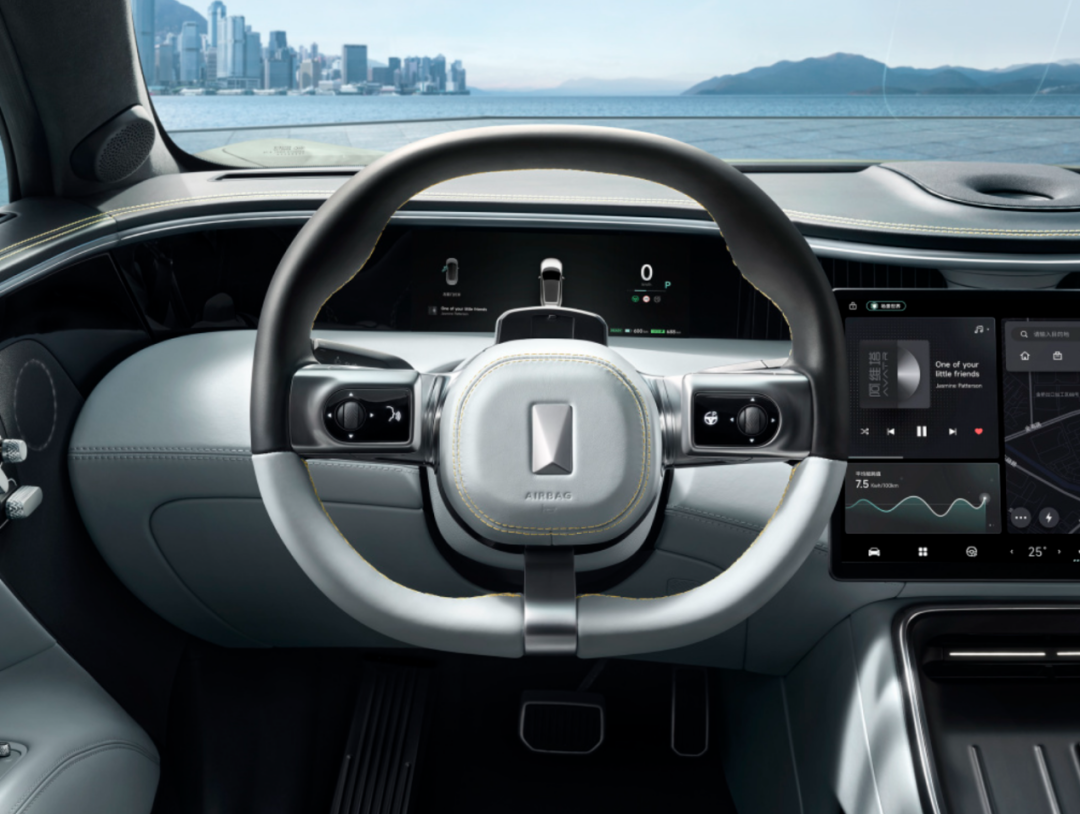
Extremely simple window control buttons:
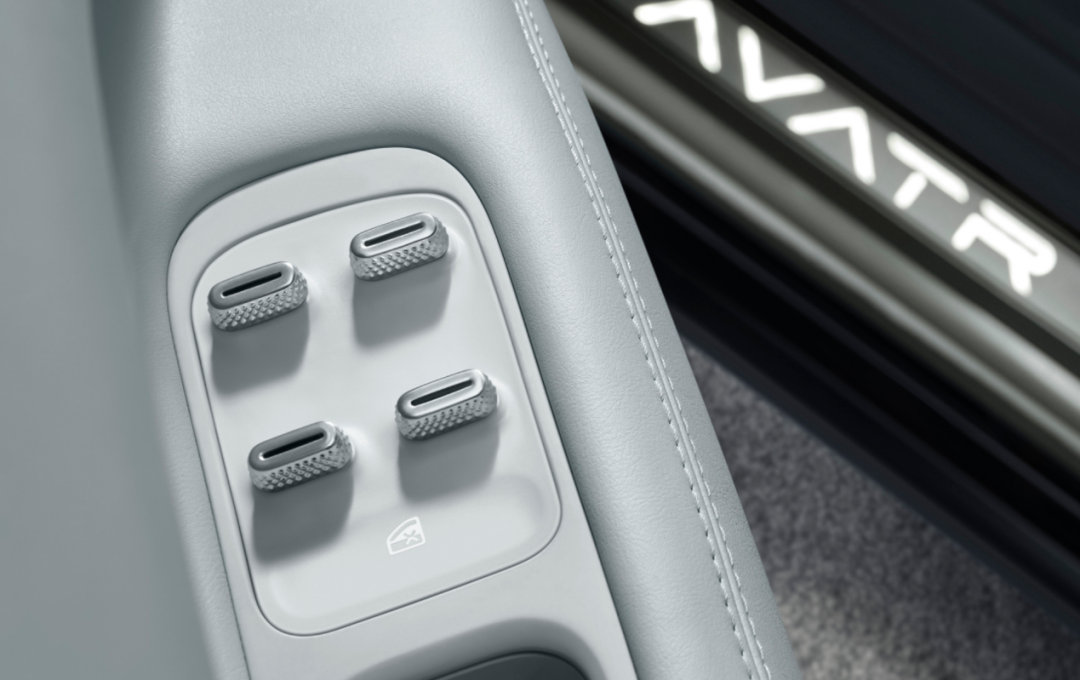
A sky composed of front and rear 2+1 glass panels:
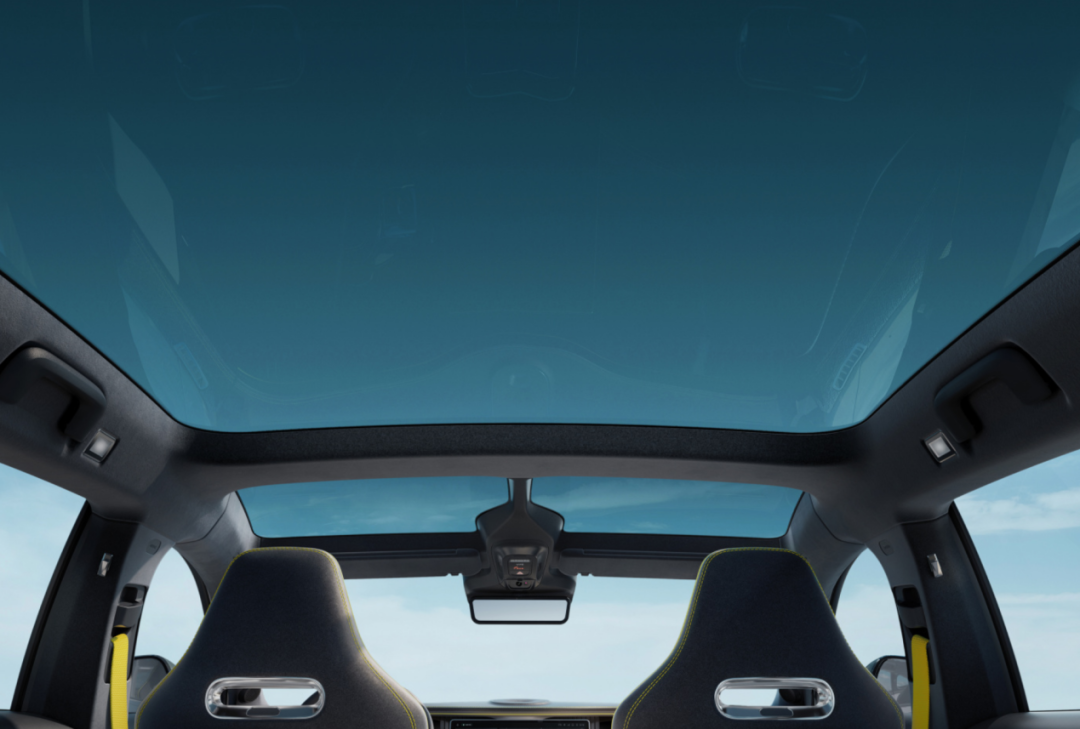
The all-new designed gear shift lever:

The most impressive is the air conditioning vents that blend in perfectly with the emotional whirlpool, combining functionality and aesthetic beauty, and successfully rivaling those of Mercedes-Benz:
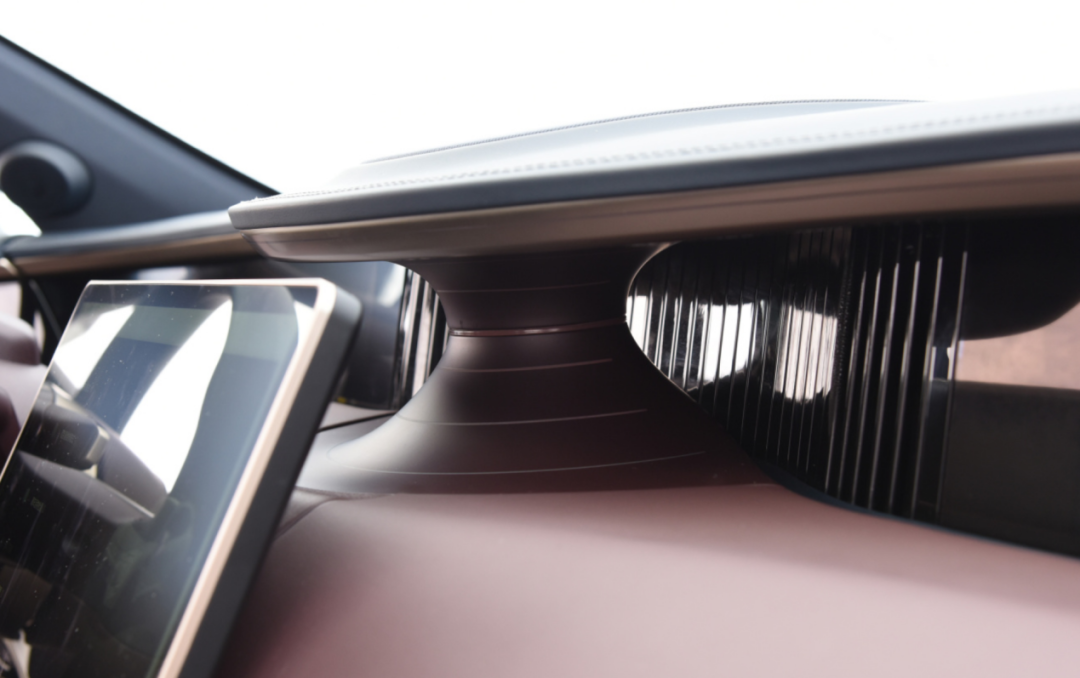
From a personal standpoint, no praise is too high for the Avita 11’s interior design. Its appearance has instantly made many highly-rated interior designs of the past two years seem conservative and mediocre. In fact, presuming this interior design were fitted into a million-dollar luxury car, it would still be perfectly fitting.
The four-seater luxury is Avita 11’s stronghold, with a price range of 349,900 to 409,900 yuan, which is lower than everyone’s expectations. In fact, the manufacturer played a small trick here. What we saw in the evaluation phase was almost the fully equipped version of the Avita 11. In order to achieve that effect, buyers have to spend a considerable amount of money on optional packages.
Of course, this small trick is not a drawback. Even without the optional packages, Avita 11’s functions and configurations are already highly competitive in the market. We can compare it with several similar models:
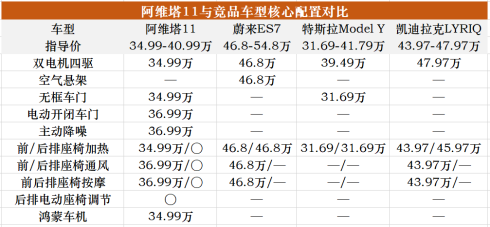 Compared with other popular pure electric SUVs on the market, Avita 11’s standard dual-motor four-wheel drive and frameless doors are a major advantage, and its electrically operated doors, which are standard from the second lowest configuration, are basically only found in the Xpeng P7 in the same price range. Apart from these, although it does not come with standard seat heating, ventilation and massage for the front/rear row seats, it is not considered backward in the market based on the current standard configuration.
Compared with other popular pure electric SUVs on the market, Avita 11’s standard dual-motor four-wheel drive and frameless doors are a major advantage, and its electrically operated doors, which are standard from the second lowest configuration, are basically only found in the Xpeng P7 in the same price range. Apart from these, although it does not come with standard seat heating, ventilation and massage for the front/rear row seats, it is not considered backward in the market based on the current standard configuration.
Of course, compared with these conventional configurations, the addition of the Hongmeng OS infotainment system may be much more attractive to consumers. But what really sets Avita 11 apart from its competitors in terms of luxury and comfort is its optional packages.
Due to the restraint in body length and overall styling, the interior space of Avita 11 is not outstanding. Its pursuit of in-car comfort is more reflected in the luxury and even extravagance of the experience, including the rarely seen four-seater optional package in the same level, even within the one million yuan range.
The VIP Four-seater Premium Package of Avita 11 can be optioned for the entire line-up, with a cost of 40,000 yuan for the base configuration and 25,000 yuan for other configurations. The entire optional package includes all seats equipped with heating, ventilation and massage, as well as the addition of a multifunctional armrest, boss key, faux suede ceiling, and wireless phone charging in the rear seats. The HALO interactive screen below the front windshield is also included in this optional package.
Whether there is a four-seater version is an important criterion for distinguishing luxury from extravagance. At present, the pursuit of in-car comfort and luxury in pure electric SUVs is generally limited to space and seat comfort. If the rear seats can support electric backrest adjustment, it is already considered a major highlight. In fact, some models priced at more than 400,000 yuan cannot even achieve the ideal angle of the rear seat backrest (specific models are not mentioned).
As we mentioned before, battery swapping system is NIO’s moat. At least for now, the four-seater layout and the luxurious rear seat experience that far exceeds its competitors can definitely be counted as Avita 11’s moats. Taking into account the price of the 4-seater optional package, the price range of this car will become 389,900 – 434,900 yuan, which is considerably high. However, its luxurious 4-seater experience makes it the only choice among pure electric SUVs priced within 600,000 yuan.
What has Huawei and Contemporary Amperex Technology brought to Avita 11?When it comes to the Avita 11, much of its design and luxury can be attributed to Changan, while two other giants, Huawei and CATL, have also contributed significantly. Their respective responsibilities are mostly the top standards in each industry.
Firstly, the battery system uses CATL’s latest CTP battery pack, which reduces the number of internal pipelines by 40% compared to traditional layouts. The energy density of the battery pack for the long-range version (555 km) reaches 180Wh/kg, and for the ultra-long-range version (680 km) reaches 190Wh/kg, keeping the Avita 11 at the forefront of the industry in terms of core battery technology, performance, and range.
The Avita 11 doesn’t have the ability to swap batteries, but it has made significant strides in fast charging. The highest charging voltage supported is up to 750V, and the power can reach 240kW. In the ideal state, a 10-minute charge can increase the range by 200 km, which is enough for inner-city driving.
Of course, this fast charging capability requires advanced charging stations to support it. Currently, Nio’s battery swap stations are already covering various areas across the country. Avita’s plan is to deploy more than 100 high-voltage charging stations in 19 cities nationwide by the end of 2023, forming the country’s first large-scale high-voltage charging network under the SEV brand. The sales and service experience centers and spaces will cover 110 cities by the end of this year.
As for Huawei’s involvement, this has reached a level beyond the IM series models. The electric motor, infotainment system, and intelligent driving all use Huawei’s latest and most advanced technology.
The effect of the Harmony OS infotainment system doesn’t need to be mentioned. In terms of the driving and range performance, which mostly depend on the drivetrain system, Huawei provides the DriveONE integrated electric drive system, with a maximum power of 425kW and a maximum torque of 650N·m. This enables the long-range version to accelerate from 0 to 100 km/h in 3.98 seconds, but the ultra-long-range version, with a larger battery pack and a heavier body, slightly weakens to 4.5 seconds.
This performance is not outstanding among current pure electric car models, and many other models in the same class can achieve it. However, according to information revealed by official personnel in interviews, Avita has considered launching a four-motor version of the Avita 11, with an acceleration time of around 2 seconds (within 3 seconds). But due to the consideration of the layout and space of the body, this plan has not been adopted for the time being. Nevertheless, this shows that Huawei likely has the technical foundation for a four-motor drivetrain system, and once it enters the market, it will likely surpass other high-end electric vehicles except for Tesla in terms of performance.
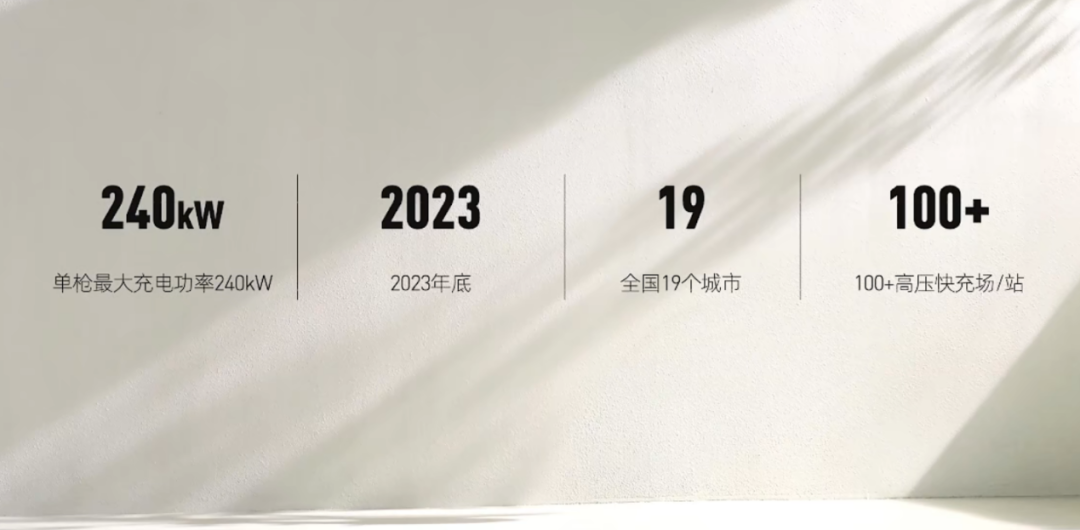 #
#
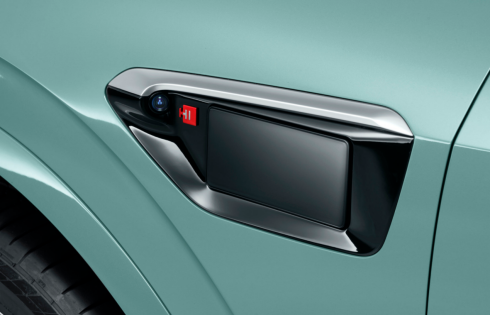
When it comes to autonomous driving systems, we had witnessed the capability of Huawei System on the Alpha S of Jhfox long ago. With Avita 11 which has three LIDARs, the potential of its autonomous driving system is high. In terms of its perception hardware system, the Avita 11 has five more cameras than the Model Y, and its AVATRUST super-sensing system has a total of 34 smart driving sensors.
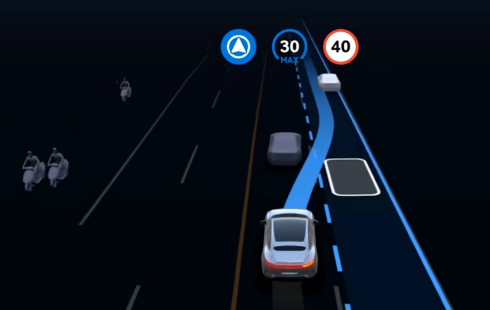
Of course, due to the regulations and the limitation on high precision maps, the navigation assistance function for urban areas of Avita 11 is not yet available. However, regarding the assistance system for highway sections, besides the most basic Level 2 driving assistance, it has also possessed high-level capabilities such as automatic lane changing, entrance and exit ramp driving, reaching the limit of the autonomous driving assistance function that can be currently implemented in the domestic environment.
The deep participation of CATL and Huawei has laid a solid foundation for Avita 11’s luxury positioning. Only with such a strong alliance model, Avita, which started years later, has achieved direct access to the forefront of the industry in terms of technology.
Summary
In recent years, many Chinese brands have launched high-end pure electric vehicles but many of them are overshadowed by Tesla and NIO, which represent two different successful examples. Unfortunately, both have their uniqueness that cannot be replicated. Now there are no less than ten Chinese brands that offer high-end pure electric vehicles, but few of them have the potential to achieve great sales. With the strong support of Huawei, CATL and Changan Automobile’s mature product design and positioning ability, Avita 11 has taken a new path. What kind of potential this path will have will be one of the most anticipated events in the next few years.
This article is a translation by ChatGPT of a Chinese report from 42HOW. If you have any questions about it, please email bd@42how.com.
